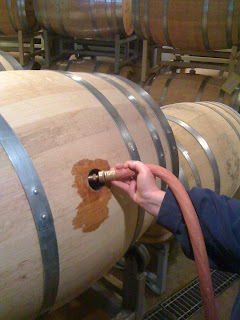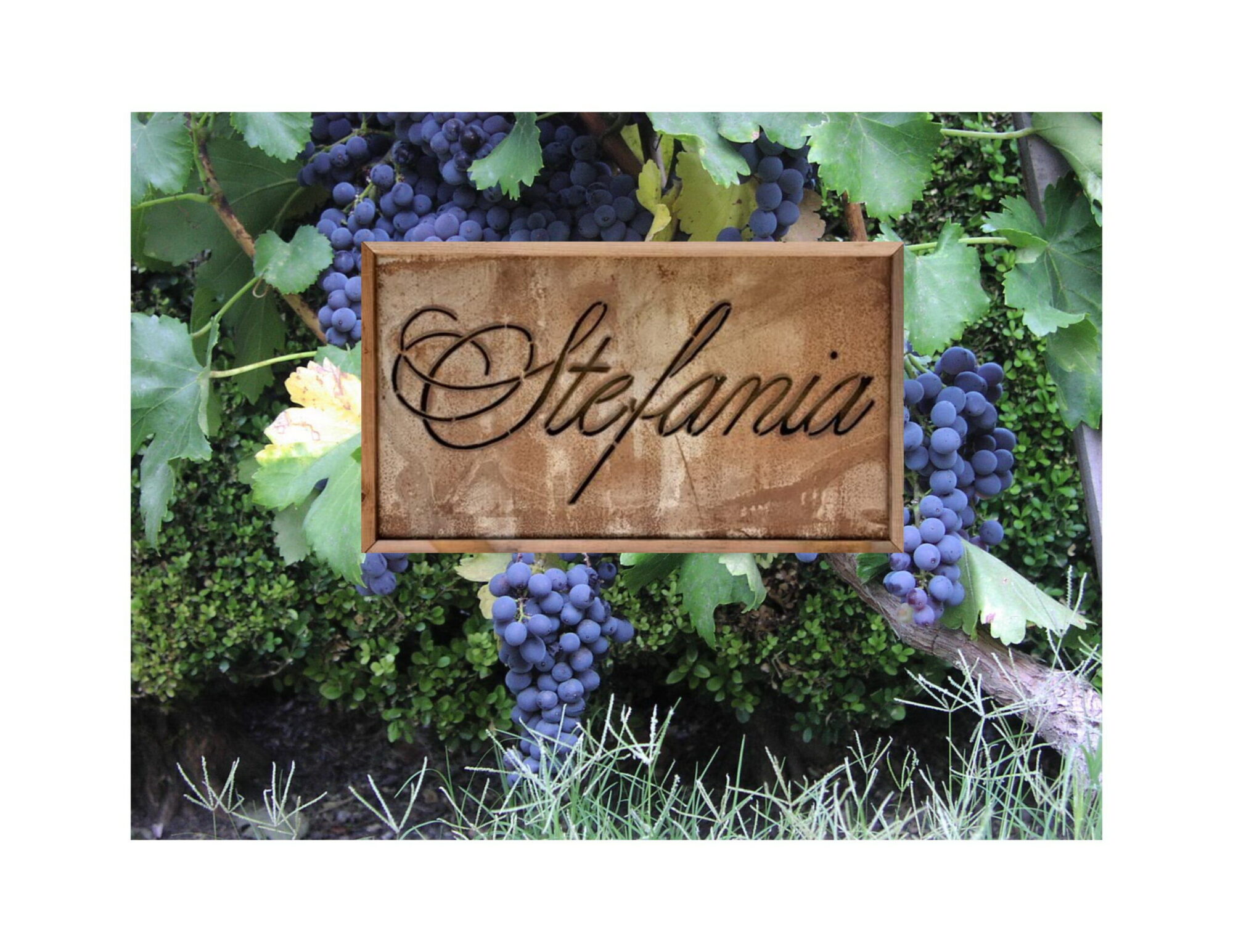continued…..
There has been some good news lately. Sales in the $25-$40 category, that’s 80% of our production, are projected to be up 12% in Q1 2010 from Q1 2009 across the industry. The speculation is that consumers are ‘trading up’ again. For the past two years the only sector that’s seen growth is the $6-$12 range, and experts think those people are now trading up to the $25-$40 range.
Personally I think that’s wrong. I think what we’re actually seeing is people reentering the market who had left, and they are reentering at a much lower price point. To me it seems that the people who were in the $75+ market simply stopped buying wine in 2009 and waited out the meltdown in that sector, only jumping in for extreme bargains.
Now they are reentering the market, but in the $25-$40 range. Points from a critic and price sticker prestige seem much less important to that group now. It’s more about finding wine they can enjoy and cellar that won’t break the bank. The practice of ‘flipping’ – buying rare wine and selling it right away for a profit – has largely disappeared. Now almost every wine can be had at the release price. That takes a lot of the glamour and value out of high priced wines.
I know a lot of people were happy to pay $250 a bottle each for 6 bottles of wine. It was a simple equation for them. Shell out $1500, then flip 3 bottles for $500 each, and walk away with the other three bottles for ‘free’. Now that’s just not possible and I think that’s the group now buying in the $25-$40 range.
Stefania has just closed out the books on our Q1. It was our best quarter ever. Our sales were up 43% over Q4 2009 and 49% over Q1 of 2009. I know there are some people reading this in the wine industry who just spit their coffee on their screen. That is four times better than the average in our sector.
We’ve been lucky though, we have a great group of loyal customers who we think of foremost as friends. They’ve held us through. Last year as our wholesale (restaurant and retail) sales fell 52%, they were there to pick up the slack. Direct sales were up 15% which netted us out at a 4% overall gain.
Maybe the most encouraging thing for us is that both direct and wholesale sales in Q1 were the highest we’ve ever had in a Q1. We are still going to be conservative though. I know that ‘tidal wave’ is out there and we will be fighting against it over the next few years. We are going to wait until we close out Q2 before we make any commitments on expanding our production in 2010. We’re also going to focus on reducing our L.O.C. and equipment loans so we have more liquidity to use against that ‘tidal wave’.
This is the unglamorous stuff. Stefania and I sitting at our computers at night pouring over numbers, working on budgets, sorting through invoices and doing all the things to keep a business running. It takes up a lot of our time. We easily spend as much time on this stuff as we do in the winery. We’re hopeful though now that we’re seeing a breakthrough. We’re also so grateful to all our supporters.
Tomorrow we get to go back into the winery and get our Chardonnay ready for bottling. It will be nice to be out of the office and worrying about the wine for a while.

 Stefania cleans out the barrels after we are done. Hot water and high pressure will get them clean. We will then let them dry and sulfur them to prevent infection.
Stefania cleans out the barrels after we are done. Hot water and high pressure will get them clean. We will then let them dry and sulfur them to prevent infection. Some of the lees and water coming out after a first rinse. The barrels will be rinsed until the water runs out clean.
Some of the lees and water coming out after a first rinse. The barrels will be rinsed until the water runs out clean.
